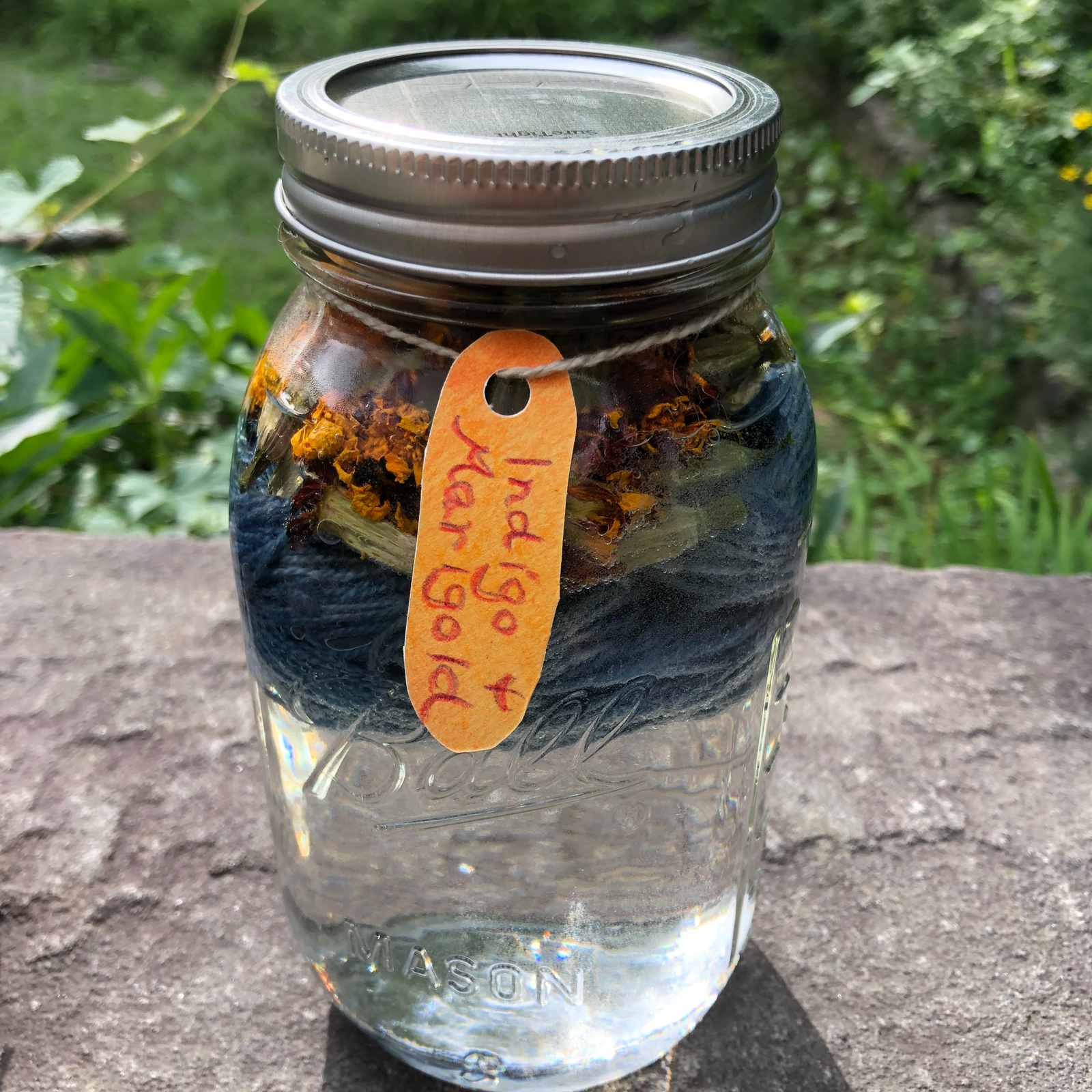Every single week we tried to come up with a new way to make it fun but it never "took." So I want to spend the next few months reflecting on this and figuring out how to make those activities better.
Knot-tying also got zero traction, but that was because they didn't have the fine motor skills to tie a knot. Many of the 8 and 9 year olds we worked with cannot tie their shoes. (!)
I'm not willing to take either of these things out of our summer camp programming. They are traditional activities and I think they are valuable. My guess for Tree ID is that children think, so what? I'll never need this skill, so why should I care?
I find it really interesting that people who work with wood think Tree ID is incredibly valuable. Different kinds of wood behave very differently, and trees each have their strengths. I remember reading once that orange wood is used in toothpicks because it does not splinter.
For those interested in this topic, I highly recommend A Reverence for Wood by Eric Sloane.

A Reverence for Wood
by Eric Sloane
1965: The Old Barn
1865: The Cleared Land
1765: The Warehouse
1665: The New World
That book is really cool because every chapter goes farther back in time!
And, because I'm always looking for stories to tie in with lessons, I'll start making a list of references in books to different specific woods being used for things. The first thing I found was in Little House in the Big Woods by Laura Ingalls Wilder! If you run across something about this in a story, please add to the comments. A collaborative brainstorm is best!

Little House in the Big Woods
by Laura Ingalls Wilder
- chapter 7, "The Sugar Snow"
"All winter," Pa said, "Grandpa has been making wooden buckets and little troughs. He made them of cedar and white ash, for those woods won't give a bad taste to the maple syrup."
Weather sticks can only be made of balsam.
1950: Chair Bodgers - BBC Archive Newsreel
beech
Maybe another direction to go in here is to have special guests who make handcrafted things out of wood. I know we can't teach these children whittling because if they can't tie a knot, they certainly shouldn't get a knife. But if someone came who made something interesting to show, and they could explain why wood matters, maybe that would help make it click.
We are already planning on a special guest to demonstrate how to make Shagbark Hickory Syrup!
I can save some persimmons this fall and put them in the freezer and maybe we can do something edible with persimmons. And there's acorn flour too... Or we could make a dye with black walnuts (also something I can freeze and save for later).
The state of Illinois has published some lovely tree ID guides, and we can do leaf and bark rubbing, but if the students straight up DO NOT CARE which tree is which, that will make it difficult! So I think the point is to give them some context. From there, we can decide. Would we teach them one tree a day? One per week? What would it take to get it to stick?
I almost want to have Tree ID as a theme for the whole summer. Like every Tuesday is a Tree ID day. Or every single morning at 9:15 am is a Tree ID hike. Welcome to camp. We are going to go identify trees. Yes, again.
In order to show something is important, you have to act like it's important. If you say Tree ID is important and then it doesn't work out and so you drop it, you aren't reinforcing the idea that it matters.
Or give it an entire camp? Why not? Aside from the fact that it sounds so boring that no one would sign up for it.
(Honestly, instead of sorting kids by age group, it would be much better to have different topics and anyone who's interested can sign up for it. I know that is not how summer camps work. But we could offer so many more topics that way, instead of Water Critters for 4&5, Water Critters for 6&7, Water Critters for 8&9!)
This post contains affiliate links to materials I truly use for homeschooling. Qualifying purchases provide me with revenue. Thank you for your support!





 Immersive Experience
Immersive Experience Immersive Experience
Immersive Experience







1 comment:
That is so sad the summer camp kids weren't interested in tree ID. Great idea to incorporate examples of practical reasons to ID trees. We are obsessed with trees in our family, so my kids know and can ID more types of trees than many adults.
Focusing on one tree a day would be great if you have different kids every week, but if you have the same kids every week, one per week makes more sense. Learn uses for and benefits of trees (nuts, fruit, carving, shade, cooling effect, fireplace burning, building, handles, fencing, even things you wouldn't expect like beauty products and gum, etc.)
Post a Comment